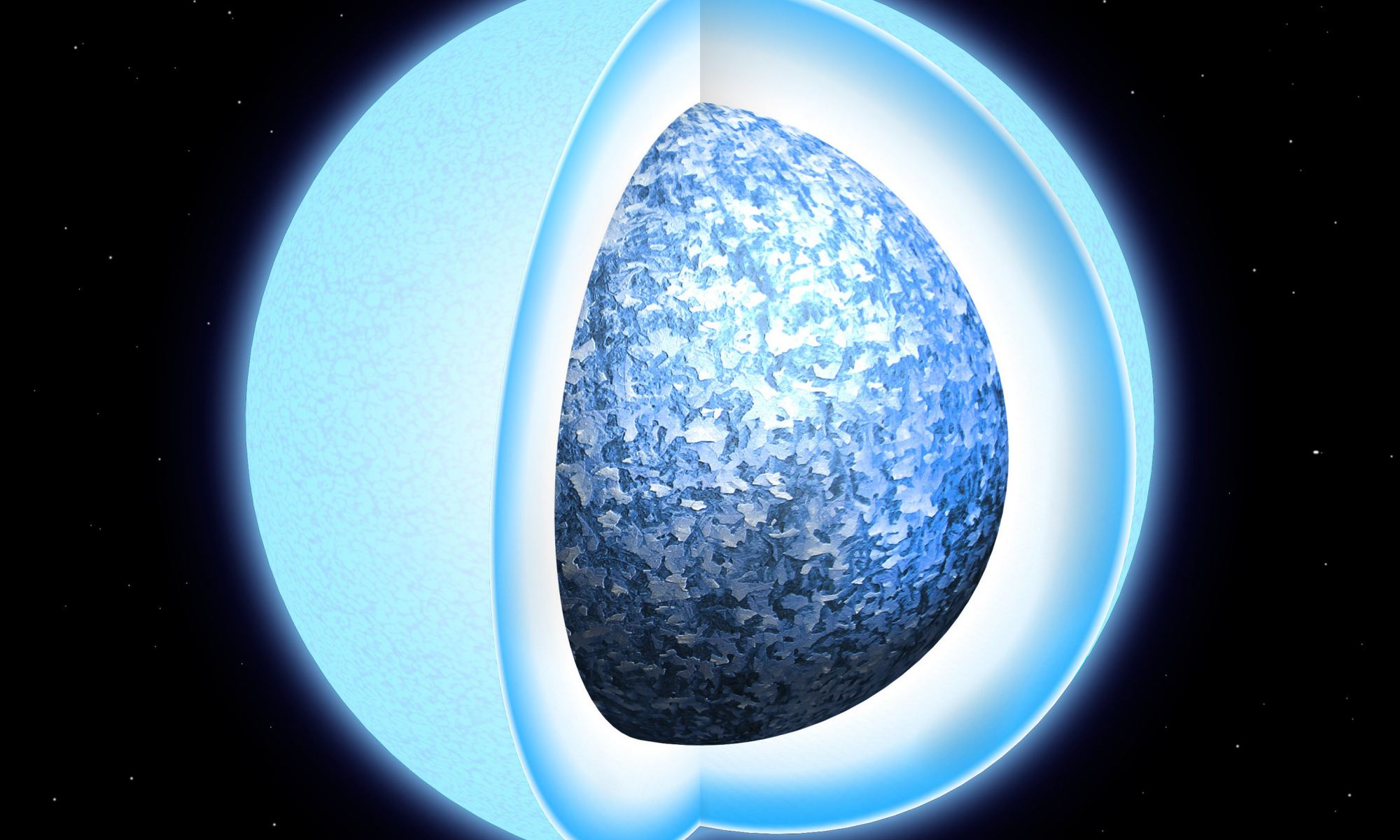Astronomers have developed a new technique to search for exoplanets – by looking for their crushed up bones in the atmospheres of white dwarfs. And it’s working.
The search for planets outside the solar system, known as exoplanets, has one significant limitation: we can only find exoplanets that exist right now. But our universe has been hanging around for over 13 billion years, and many generations of planetary systems have come and gone in that vast expanse of cosmic time.
Unfortunately, when stars die they usually take their planets with them. Especially the most massive stars, which die as supernova – those deaths usually obliterate any orbiting planet completely. But even when less massive stars like the sun die, it’s generally bad news for their planets.
But as a new research paper has pointed out, that doesn’t remove all evidence of the planetary system off the galactic map. If any planets (or remnant cores of planets) survive, they can occasionally gravitationally scatter off of each other. This doesn’t usually happen in stable systems, but in the death throes of a star anything is possible (gravitationally speaking).
Some of those scattered objects can head inwards to the white dwarf, the leftover core of the parent star. That white dwarf is made of almost completely pure carbon and oxygen, surrounded by a dense but thin shell of hydrogen and helium. Naturally, any object passing too close will get torn to shreds by the extreme gravity of the white dwarf, with the debris making its way to the surface to mix and mingle with the hydrogen and helium.
Once there, any elements in the destroyed object, like lithium and calcium, can release their own light, giving a spectral fingerprint that astronomers can potentially spot. Most white dwarfs are too hot, though, and that light outshines any contamination. But the recent Gaia mission was able to map dozens of old, cool white dwarfs, and astronomers have detected the distinct signature of crushed up planets in their atmospheres.
The astronomers found that the abundance of enriched elements matches what we know from our own solar system, indicating that planetary systems like ours have been in the universe for a very, very long time.

